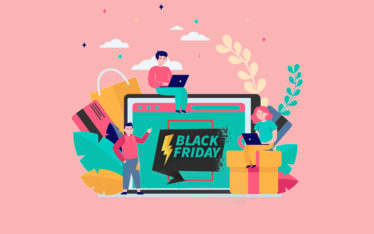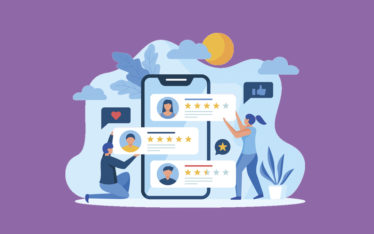Tricks for Boosting Conversions On Landing Page

You probably know from experience that just driving traffic to your website with content, social media, and paid ads is only half the battle – you either need to get more specialized landing pages, or perfect them so a visitor considers buying.
That means creating an effective and emotionally compelling case that showcases your product or service in the best possible light.
Here are 17 tricks to making any landing page convert. Let’s get started.
1. Craft the most compelling headline
Research shows that you have 0-8 seconds to capture a visitor’s interest with a compelling headline and landing page. After the eight seconds is up, most visitors leave.
The headline is the first thing a visitor sees, ultimately deciding whether or not they want to stick around. When writing an effective headline, you should aim for a mix of contextual keywords paired with emotional elements to increase click-ability.
Start with your focus keyword(s) and build emotional triggers around it, such as in the example below.
2. Add a video
Landing page videos are more popular than ever. Product videos are a great way to entice and entertain a visitor. In fact, landing page videos have been shown to increase product purchases by 144%.
You can embed a video within your header or display it in other formats; many businesses these days, for example, use video backgrounds on their landing pages that automatically play upon opening (avoid auto-play audio.)
Or… you can add an explainer video that introduces a visitor to you and your services in a no pressure way.
3. Try long-form content
You could see more leads come in with long-form landing pages. It’s been shown that long landing pages can net 220% more leads than a primarily above-the-fold landing page.
It gives you more opportunities to craft compelling copy and achieve higher keyword saturation for search. By appealing to both humans and search engines, you increase the likelihood of driving organic traffic and increasing conversions. Creating long-form content sounds daunting, but try these three tricks to make it easier:
- Make an outline of your goals and decide: Who is the content for? Why will it matter to your audience? What will make it successful? How will you measure it?
- Use keyword research to come up with new topics: Use Keyword Planner to see what people are searching for. Incorporate those keywords into the headers and copy on your page for improved SEO.
- Use current content to inform new content: Your highest-performing pages can inform you of new content ideas. What else can you say about the high-performers that people would be interested to know?
4. Build as many landing pages as you can
It’s been shown that Companies with 40+ landing pages get 12 times more leads than those with 5 or less. Similar to how more content on landing pages improves performance, the more landing pages you can build, the better off you’ll be.
5. Stop making mistakes with your A/B testing
A/B testing is key to making your landing pages convert, that’s a well known fact. But, this year it’s time to sharpen your game – time to step up to the big leagues.
Here’s four mistakes that you need to stop making with your A/B tests:
1. Testing more than one element
By doing this, you’re mixing together too much data which makes it much more complicated to understand. This is referred to as multivariate testing, because there’s more than one outcome to analyze.
2. Ending a test too soon
Many marketers will end a test as soon as they see positive results. You should instead give campaigns 3-4 weeks or more to gain a wider perspective. Even tests like Optimizely (my favorite A/B testing software) – might give you a ‘statistically significant’ positive test, but in reality you should wait a couple of weeks after this to implement based on the data.
3. Giving up after one test
Don’t give up after you’ve run a successful A/B test. If you’ve found that one image works better than the other, does that mean you have the absolute best image? Maybe. Maybe not. Only by running more tests will you find out.
6. Above or below the fold? Decisions, decisions
Should you place your CTA above the fold or below the fold? That depends on which type of campaign you’re running.
In most cases, the natural response is to place the call-to-action above the fold, as it immediately draws your visitors’ attention to your primary message and contact button, which is always better for conversions in most cases.
However, if your product is somewhat difficult to understand, like a software solution, you need to give your visitors the necessary details so they’ll click on your CTA. If they can’t understand your product, they won’t understand why they need to buy it.
7. Make load time lightning fast
For every one-second delay in page response, there is a 7 percent decrease in conversion rate. Visitors want to find the information they’re looking for, quickly.
If your landing page is frustratingly slow to load, analyze your content, and do whatever it takes to speed it up. To test your website’s mobile and desktop speed, use Google PageSpeed insights. All you need to do is plug in your website URL to get a quick rundown of your site speed and ways to improve it.
8. Never present multiple offers
Presenting multiple offers on a single landing page isn’t best practice. You should have one specific offer for each landing page to keep your prospect focused on one thing at a time.
A landing page should be focused on a singular selling proposition, with your page’s CTA communicating it. Having multiple calls-to-action or USPs on your page dilutes your message and confuses the audience. Pages with multiple offers receive 266 percent leads less than pages that provide one stand-out offer, so you can see how important this is.
9. Build buyer personas to target your ideal customer
With the correct targeting methods using buyer personas, you’ll have a better chance of improving landing page performance. Some tests have shown an increase in conversion rates of up to 300 percent.
10. Consider a mobile-first design
It has been slowly creeping up on us, but now the mobile tipping point has arrived. Just recently was the first time mobile traffic usage has exceeded desktop traffic usage worldwide. This means that if you’re not thinking mobile-first, you’re already headed for last place.
11. Show validation to increase trustworthiness
Showing testimonials will help validate the information on your landing page. They allow prospects to overcome their perceived skepticism.
Likewise, showing product or service benefits, social proof, and credibility indicators led to a 144.1% improvement on landing pages.
12. Include a short contact form with minimal required fields
Keeping form requirements short and displaying only the essentials is key to boosting conversions.
It’s important to respect your user’s time, as they don’t want to sit there filling out a dozen fields.
13. Don’t let your landing pages be an afterthought
When developing marketing campaigns, too often landing pages are just an afterthought. But, the landing page should be created in conjunction with your marketing efforts – especially if you’re conducting an email, direct mail, or PPC campaign in which you need to funnel people through a sales process.
14. Use images that add value, not detract from it
Photos shouldn’t be used on landing pages to fill empty space. They are there to add value to the overall user experience. The problem most companies face when building poorly-performing landing pages is that they use generic stock photos, when studies show that visitors mostly ignore generic photos. If you’re using a photo on your landing page, ensure that it has a purpose, or else remove it.
15. Create a sense of urgenc
Urgency is a critical part in pushing users past the purchase threshold. This is due to the idea of scarcity, in that consumers want what may soon be unavailable. Using language such as “One day only!” or “Last Chance!” will help increase that sense of urgency within the consumer’s mind.
16. Leverage the power of discounts
Everyone is attracted to a good discount. Shoppers don’t like to do math on the spot, so offering easy-to-understand discount offers, like 50 percent off or two-for-one, let’s them quickly understand the deal they’re receiving.
17. Keep the messaging consistent
If you’re providing mixed messages to the consumer throughout various marketing campaigns, you’ll create a sense of disconnect. Whether it’s PPC ad copy or a meta description in organic search results, the message and promise must align with what’s presented on the landing page.
About Me

SAMEER KASMA
E-commerce & Digital Marketing Expert
Phone: +971-527805996
Email: kasmasamir@gmail.com
SEARCH
CATEGORIES
RECENT POST
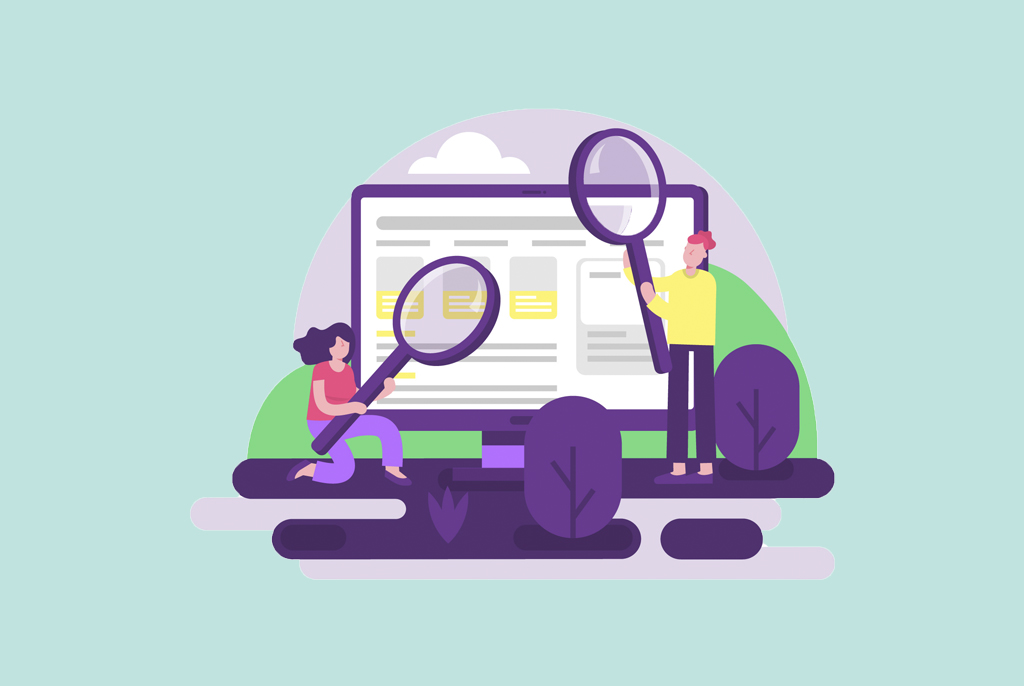 A Quick Guide for Google’s SEO Experience Update 2021SAMEER KASMA - 02 November
A Quick Guide for Google’s SEO Experience Update 2021SAMEER KASMA - 02 November Perfect Facebook Ads Funnel for Your BusinessSAMEER KASMA - 05 October
Perfect Facebook Ads Funnel for Your BusinessSAMEER KASMA - 05 October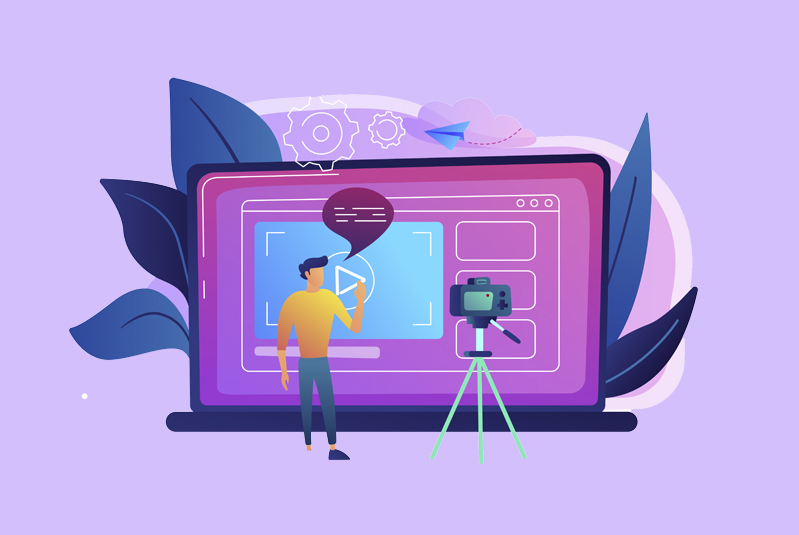 How to Setup YouTube 6 Seconds Bumper AdsSAMEER KASMA - 09 September
How to Setup YouTube 6 Seconds Bumper AdsSAMEER KASMA - 09 September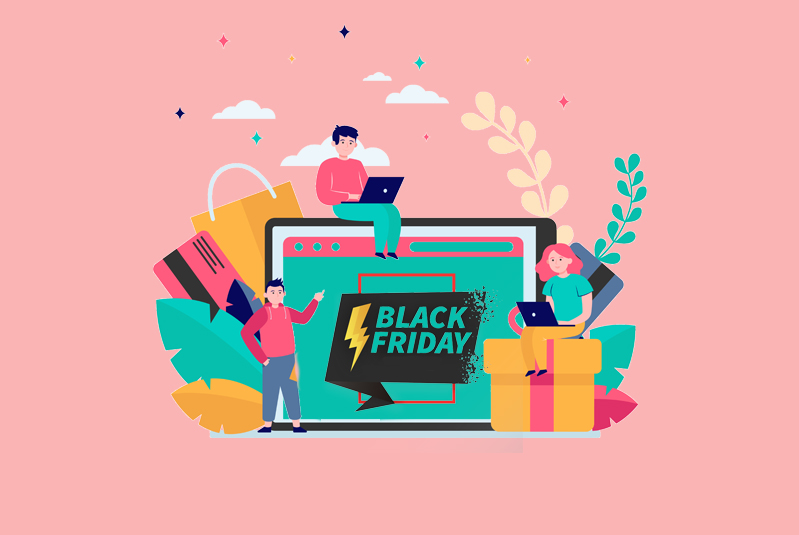 How to Set Your Ecommerce Store for Black FridaySAMEER KASMA - 16 November
How to Set Your Ecommerce Store for Black FridaySAMEER KASMA - 16 November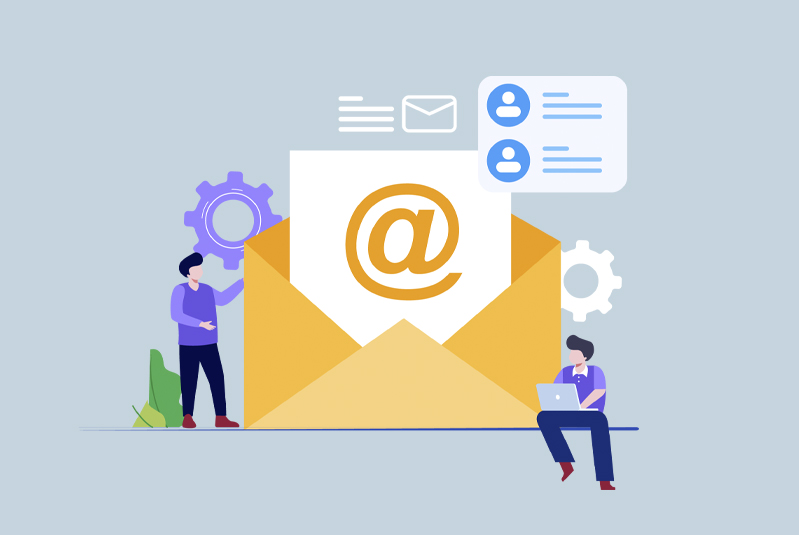 15 Rules for Successful Email MarketingSAMEER KASMA - 17 September
15 Rules for Successful Email MarketingSAMEER KASMA - 17 September
ARCHIVES
- November 2021
- October 2021
- September 2021
- November 2020
- September 2020
- August 2020
- July 2020
- June 2020
- May 2020
- April 2020
- March 2020
- February 2020
- January 2020
- December 2019
- November 2019
- July 2019
- February 2019
- January 2019
- December 2018
- May 2018
- April 2018
- March 2018
- January 2018
- December 2017
- October 2017
- September 2017
- August 2017
- July 2017
